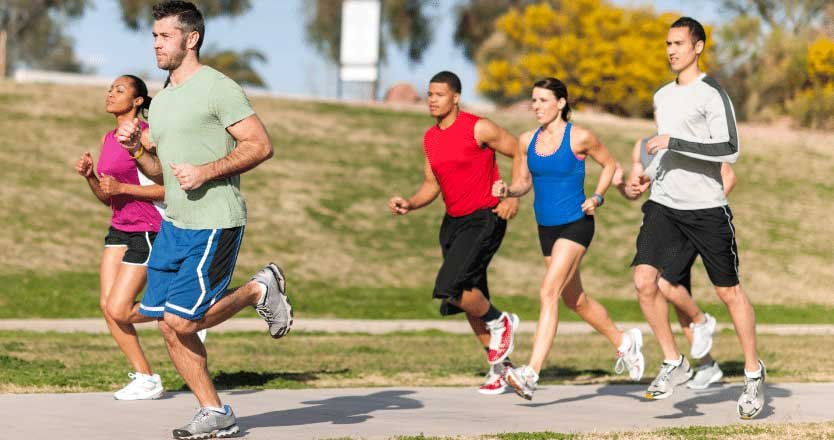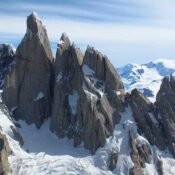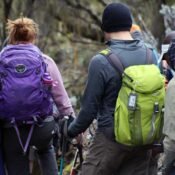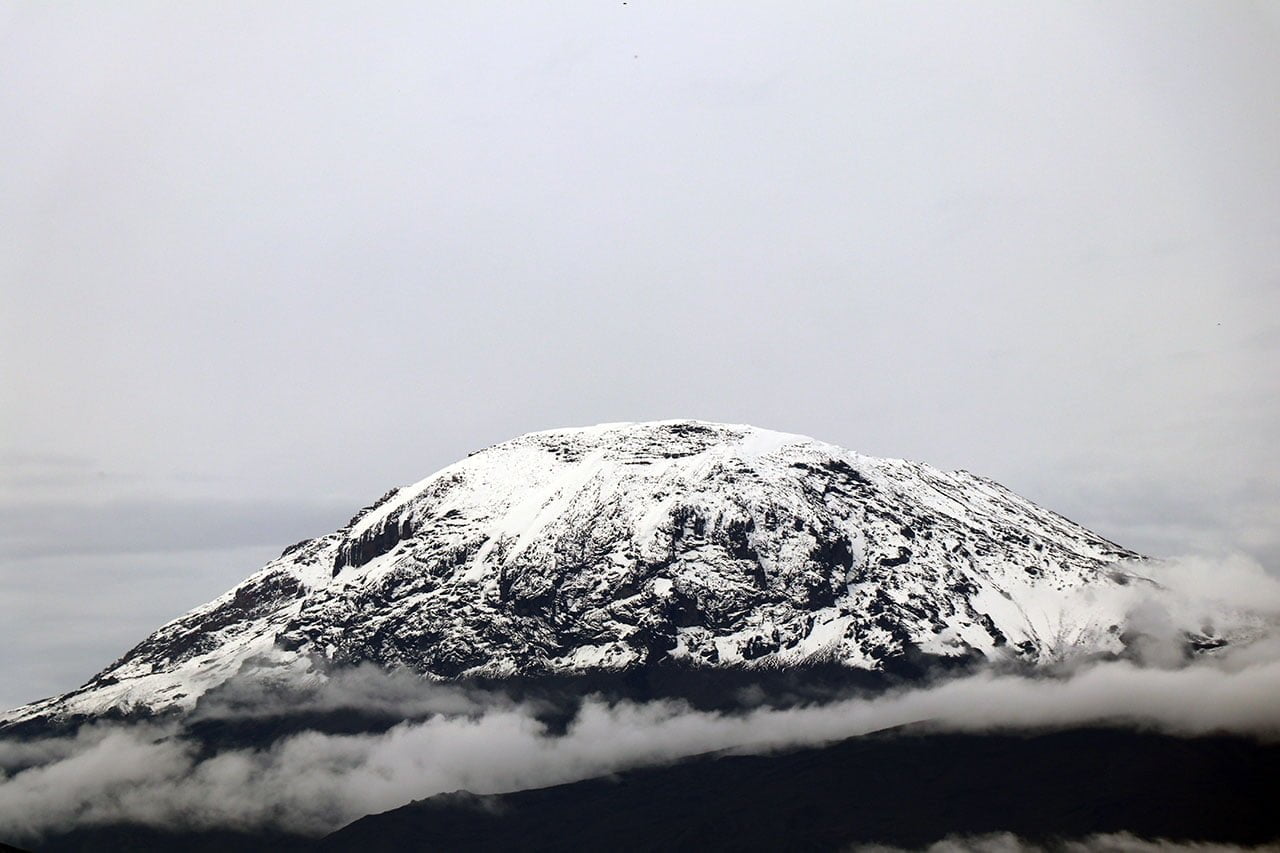
Altitude Training
How do I train for the high-altitude Kilimanjaro climb?
Please with your healthcare professional before doing any trek or climb. Nothing in this article or the information it contains is intended to diagnose, treat, prevent, or cure any disease. Please speak with your healthcare provider before making any changes to your existing lifestyle.
There are many diverse perspectives on Kilimanjaro altitude training. The most difficult obstacle most trekkers confront on their Kilimanjaro climb is acclimating to the thinner air they experience as they ascend.
The effects of altitude are the primary reason climbers fail to reach the top. Altitude is a wonderful equalizer: even if you are physically healthy and powerful, you might experience acute mountain sickness.
In this essay, we will focus on tactics for acclimatization and preparing for Kilimanjaro’s altitude. If fitness preparedness is your objective, we have a comprehensive training resource available.
Can you train for altitude?
Yes and no.
You can’t simulate what it’s like to be on the mountain unless you live and train there. If you live near several peaks, take some acclimatization walks before your climb to have a better understanding of how your body reacts to the thin air over 10,000 feet.
Scheduling an overnight hiking excursion in the mountains allows your body to feel the thinner air and the sensation of exertion.
For many people, that’s not an option.
Many people who climb Kilimanjaro have no prior experience at high altitude. Altitude sickness can hinder a successful summit regardless of your fitness, determination, or preparation.
Effects of Altitude on your body
Climbing Kilimanjaro’s entire guide on Kilimanjaro altitude provides a more in-depth look at the impacts of altitude.
Kilimanjaro’s peak has 49% less oxygen than at sea level. Your body must adjust to compensate for the fact that each breath provides less oxygen to your muscles and brain.
Altitude Sickness (AMS) is an extremely serious and hazardous sickness. However, many people feel the effects of altitude without getting AMS.
Some symptoms you might notice:
- Breathing deeper and quicker.
- Even at rest, the pulse rate is elevated.
- Increased blood pressure.
- Problems sleeping
- Headaches and Fatigue
What about physical fitness?

Your physical fitness will have no impact on your capacity to acclimate. Your body need time to adapt to the lower-oxygen environment and develop the necessary compensating adaptations.
However, the more you strain yourself at altitude, the more difficult it will be for your body to adjust. So physical fitness can represent the difference between 60% exertion at 14,000 feet and 85% exertion at the same altitude.
According to the US Army Research Institute of Environmental Medicine, “sustained physical exertion early in the altitude exposure substantially increases AMS incidence and severity”.
So, while being physically “fitter” than others will not improve your body’s ability to acclimate, it may affect how severe the exercise feels.
Furthermore, highly fit athletes may go quicker, push through discomfort, and exhaust themselves more than less fit climbers. Hiking far below your physical limitations may help your body adjust and decrease weariness.
Altitude Training at Home or at the Gym
Elite athletes have been adopting “altitude training” to improve their physical performance for years. You may workout in the mountains or use altitude simulators. Using these strategies as “pre-acclimatization” procedures for climbing is gaining popularity, with mixed anecdotal evidence and some positive scientific investigations.
The fundamental difference between actual and simulated altitude is that when you go to greater heights, the air pressure decreases, reducing the available oxygen.
Because at-home (or gym) devices cannot imitate low atmospheric pressure, they will never be as successful as going to the mountains and spending time in there.
A Brief Look at Altitude Training Systems
Keep in mind that most successful Kilimanjaro climbers did not employ any of these strategies. Our progressive acclimatization strategy, paired with a moderate and steady ascent, provides climbers the best opportunity of avoiding complications.
Altitude Tents (Sleeping in a Low Oxygen environment)
What?
We’ve all heard athletes talk about receiving a competitive advantage from the “sleep high, train low” strategy of sleeping in a low-oxygen tent. This approach, developed by Benjamin Levine and James Stray-Gundersen in 1997, purports to provide athletes with physiological adaptations to a low-oxygen environment (at rest) without sacrificing training performance (at sea level).
How?
Some big city gyms have constructed altitude chambers, which are low-oxygen settings equipped with treadmills, stationary cycles, and other cardiovascular gear. You go in there and conduct your usual training program (for Kili, you would walk at a steep incline on a treadmill) and get acclimated to the thin air.
Alternatively, you may rent or purchase these devices for use at home.
Does it help?
It’s certainly arduous job! With less oxygen, an exercise that would typically be rather easy becomes significantly more difficult. Your body needs to work harder to keep the oxygen supply to the tissues, which causes physiological changes comparable to acclimatization.
Numerous studies demonstrate the benefits of exercising at simulated altitude:
A note on “Mask Systems”
There is substantial uncertainty among trainees over so-called “mask systems” for altitude training.
The two main types:
Mask systems used in gyms or at home that are connected to a hypoxic generator that supply a lower concentration of oxygen by mixing nitrogen into the air, such as these. This technology offers the same benefits as exercising in an altitude chamber.
The second type is an inexpensive gadget available on Amazon that merely limits your breathing. There is no proof that these products provide any benefit at all. If you wish to restrict your breathing, don a dust mask or anything similar. Do not spend your time.
Intermittent Hypoxic Exposure (at rest)
What?
IHE is a protocol that involves inhaling short bursts of low-oxygen air through a mask, then breathing normal air while sitting in a chair.
There are several regimens, but all require breathing low-oxygen air for around five minutes while measuring your blood saturation using a pulse oximeter, followed by five minutes of breathing normal air. (Times may vary based on your adaption).
The theory is that it causes the body to adapt to hypoxia.
How?
A mask system is attached to a hypoxic generator, and you may alter the parameters to supply the desired percentage of oxygen. Typically, you’d start by lowering the oxygen level to 18%, then to 15%, and then even lower as your body adjusts.
It’s critical to utilize a pulse oximeter to keep your oxygen saturation in the ideal “training” zone. If you are just starting out, consult with a professional.
These systems may be rented or purchased, and many individuals rave about their benefits for health, body composition, and athletic performance.
Does it help?
Many testimonies from vendors of this equipment indicate that this kind of pre-acclimatization is beneficial. There have been various studies demonstrating the benefits of IHE, therefore we recommend that you conduct further research or visit an expert who specializes in this regimen.
- https://www.ncbi.nlm.nih.gov/pmc/articles/PMC6135973
- https://www.ncbi.nlm.nih.gov/pmc/articles/PMC2465425
- https://www.ncbi.nlm.nih.gov/pmc/articles/PMC2465425
Climbing Kilimanjaro Tips
Climbing Kilimanjaro suggests arriving in Tanzania at least a day or two before the climb. Allow yourself to recover from the journey, acclimate to the time shift, and have a decent rest before beginning your ascent.
“Pole Pole” is a Swahili term that means “slowly slowly”; our guides will use it frequently during your walk. Take your time on the mountain: don’t hike in the head of the group, and save your energy no matter how fit you are.
Stay hydrated. The dry air and exercise lead you to dehydrate rapidly. To keep your minerals balanced, drink plenty of water and consider using an electrolyte addition. Dehydration greatly reduces physical performance.
Eat carbs. Carbohydrates are required regardless of your household diet. Studies have demonstrated that a carbohydrate-rich diet at altitude promotes ventilation and improves blood oxygenation. Adequate carbohydrates restore muscle glycogen, regulate blood sugar levels during exercise, and speed up recovery.
Consider taking Diamox. Please see your doctor to determine whether this drug is appropriate for you. Learn more about Diamox here.
Got any questions? The Climbing Kilimanjaro Team is here to help. Contact us.





